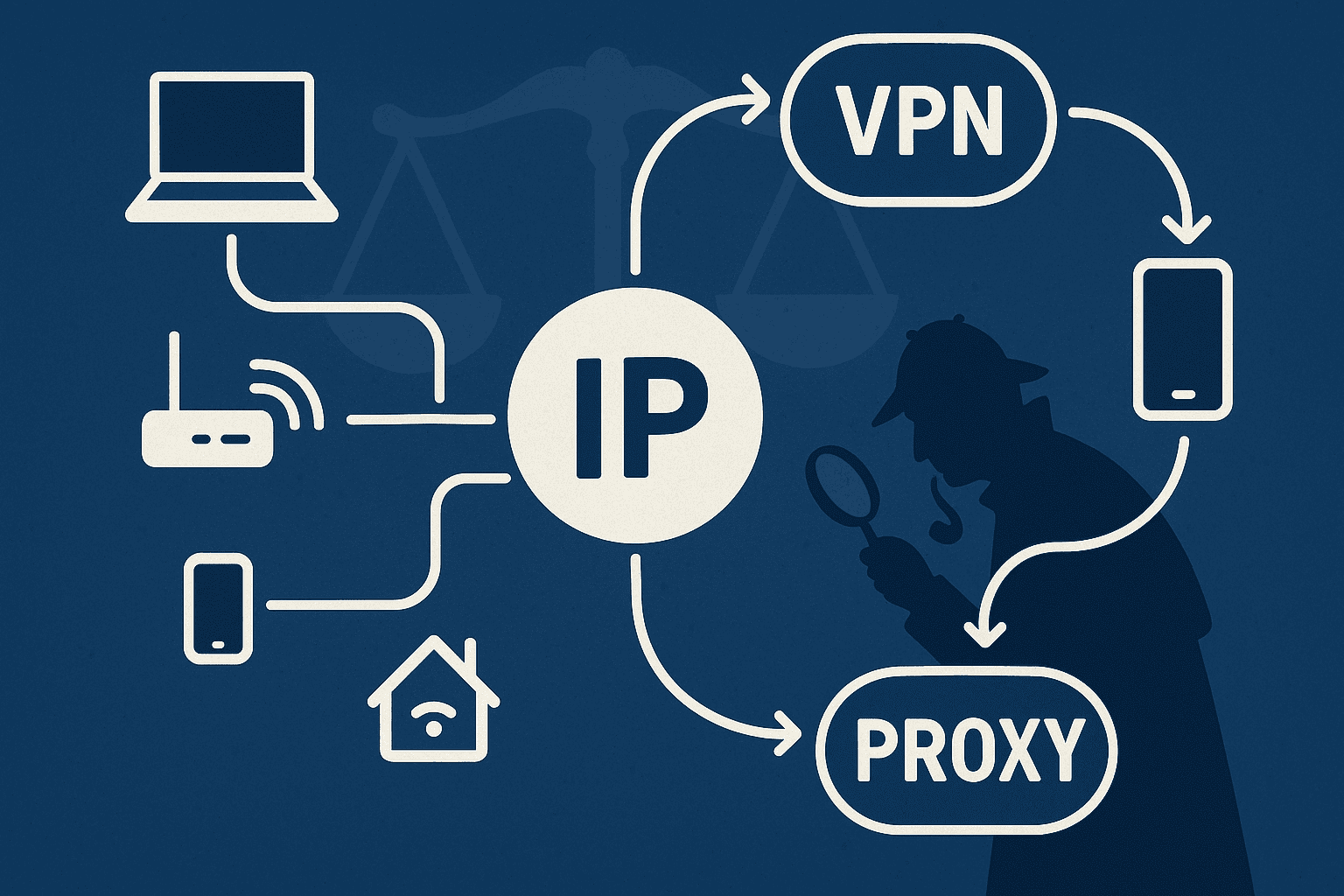The digital world leaves footprints, even when we try to erase them. As a lawyer, understanding how deleted files can be recovered can be a powerful tool in your courtroom arsenal. This post explores some key concepts in digital forensics, specifically:
- Unallocated Files: Imagine your hard drive as a library. When you delete a file, it's like removing the card from the catalog – the book remains on the shelf (unallocated), but the file system isn't tracking it anymore. It may still be recovered until the book's space is needed for a new arrival.
- Slack Space: Think of a book on a shelf. When a new file takes its place, it might be a bit thinner. In this analogy, slack space is like the leftover pages from the thicker original book. These fragments of the deleted file might reside in this slack space, waiting to be pieced together, though they may be incomplete.
- File Carving: This technique treats the entire storage media as a raw data stream, searching for patterns that match known file signatures (like headers and footers) of specific file types (documents, images, etc.). It's like sifting through library discards for recognizable pieces of a book – incomplete but potentially revealing.
- Metadata Carving: Beyond the file content, digital files carry metadata – information about the file's creation, modification, or access time. Metadata carving focuses on recovering these hidden details, even if the file itself is fragmented. Think of it as finding library checkout slips amidst the discards, offering clues about the deleted book's history.
Legal Challenges and Considerations
- Chain of Custody: For evidence to be admissible, its handling from collection to presentation must be meticulously documented. A break in the chain can raise doubts about the data's integrity.
- Data Overwriting: The more a drive is used after a file has been deleted, the higher the chance of overwriting the deleted file, reducing recovery chances. Early action is crucial.
- Encryption: Encrypted files pose a significant hurdle. Without the decryption key, recovery becomes much harder, if not impossible.
Remember
- Recovered data may require interpretation by a digital forensics expert.
- File fragments might not be complete or functionally usable.
- The opposing party may challenge the recovery methods or interpretation.
By understanding these concepts, you'll be better equipped to navigate the world of deleted data and leverage it for your clients' benefit. Remember, a deleted file isn't necessarily a lost cause. With the right approach, the "digital library" can reveal hidden "chapters" that could tip the scales of justice.
As you confront the digital dimensions of your cases, remember that the difference between a favorable outcome and an unresolved question often lies in the nuances of digital evidence. I invite you to reach out to Lucid Truth Technologies for further discussion on how digital forensics can fortify your legal strategy and help you navigate the digital debris with confidence.





